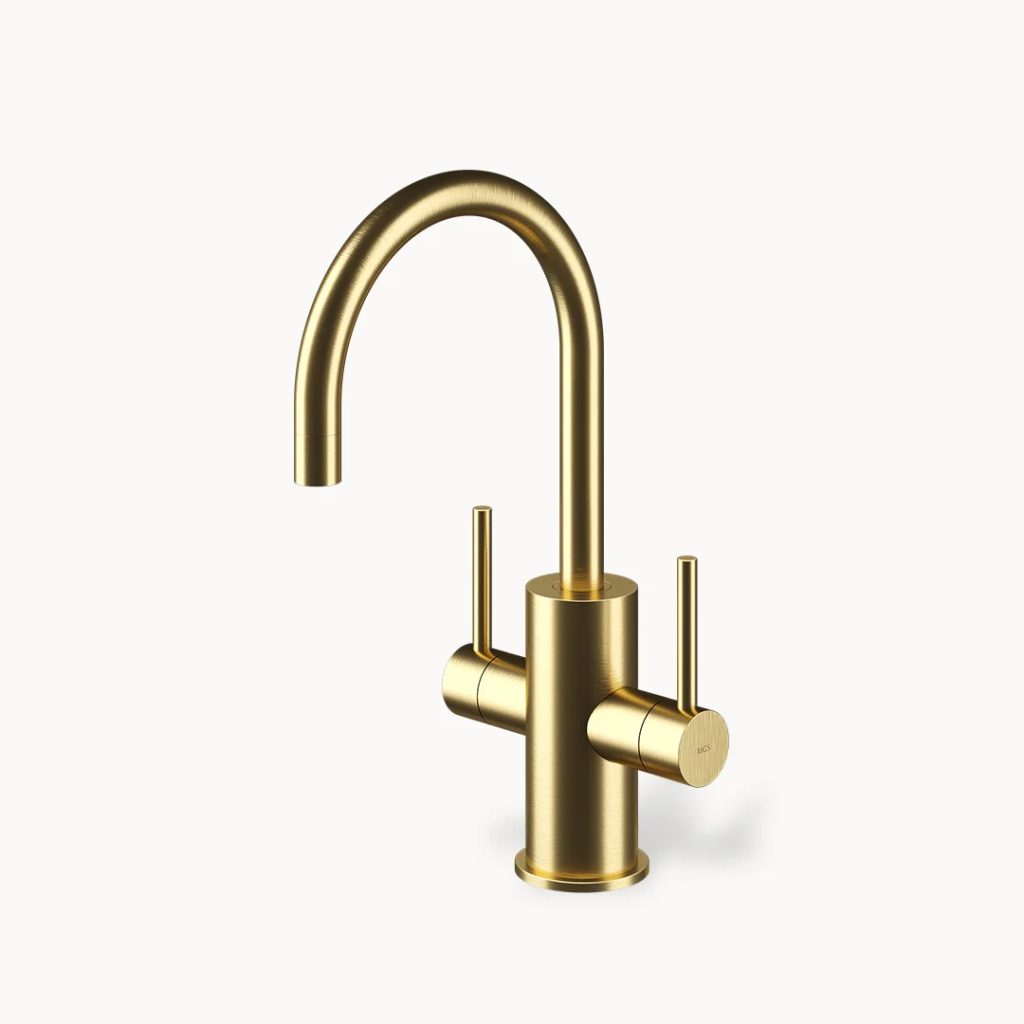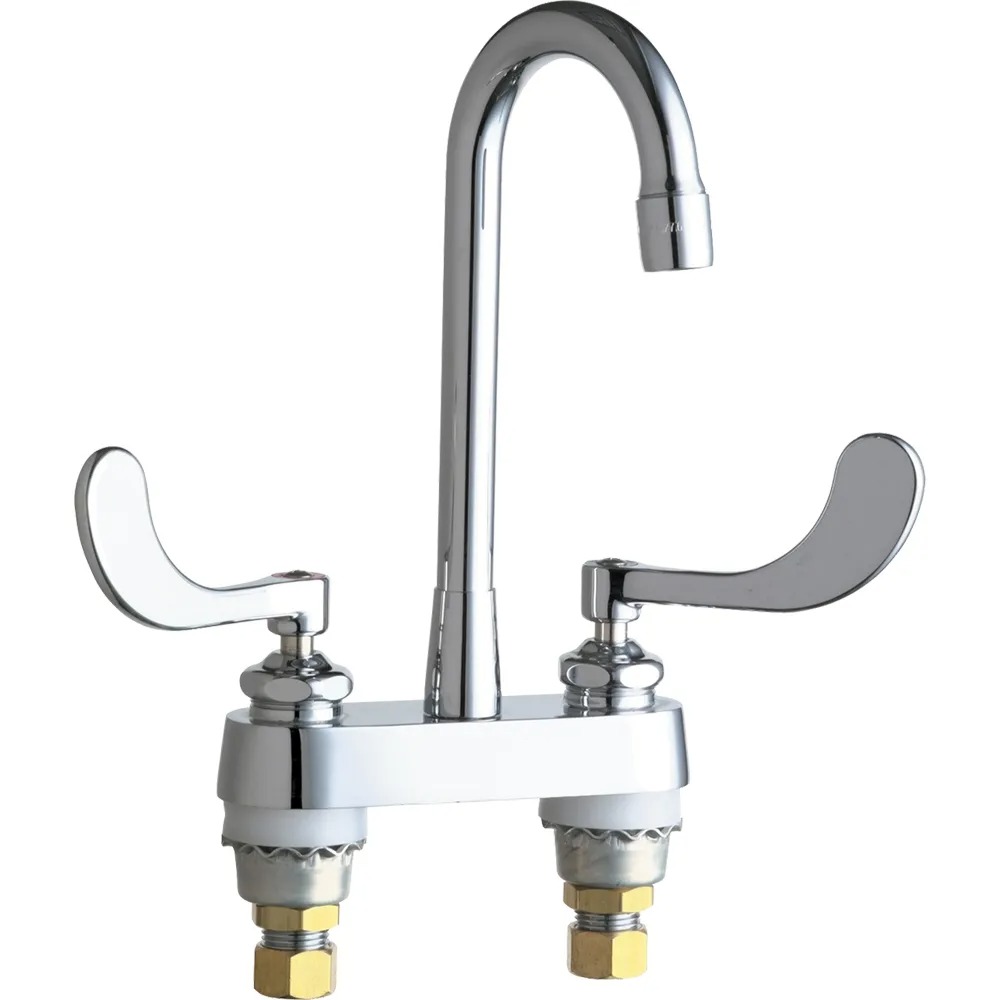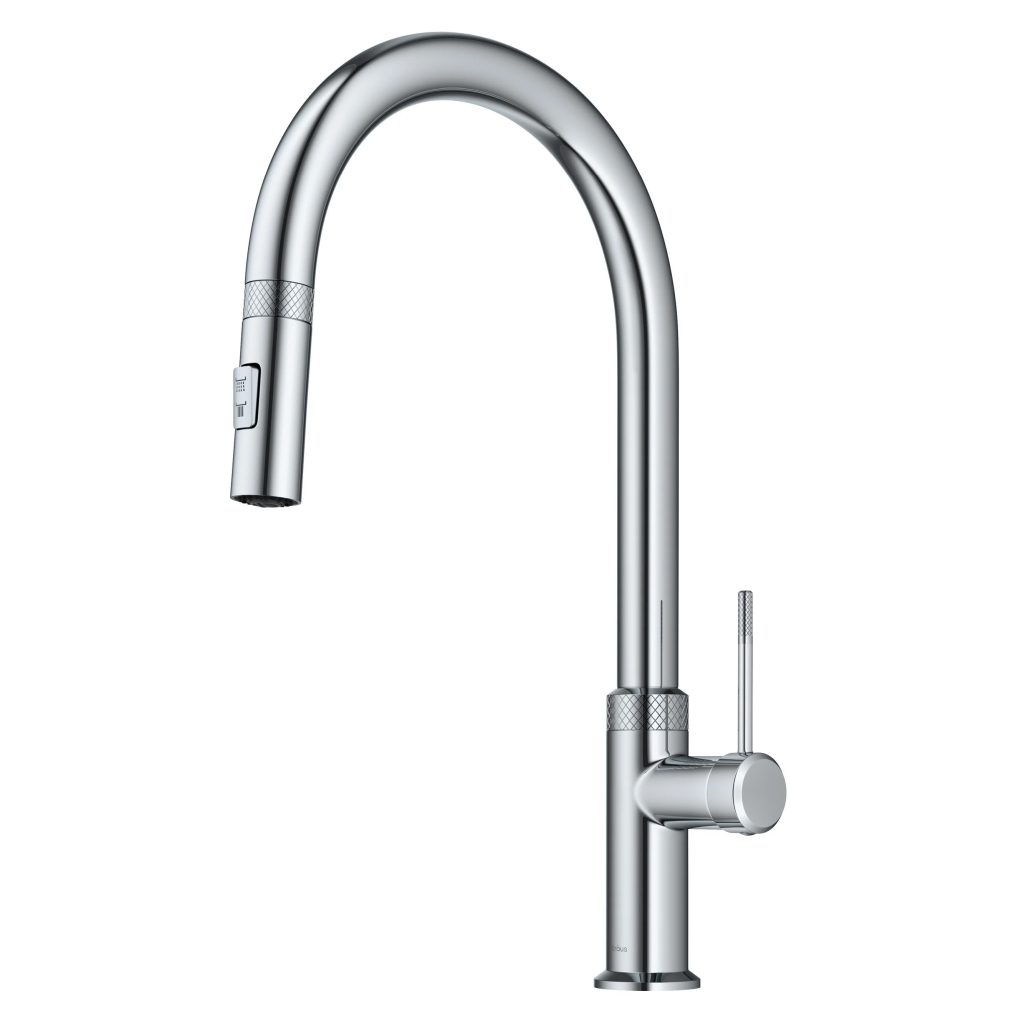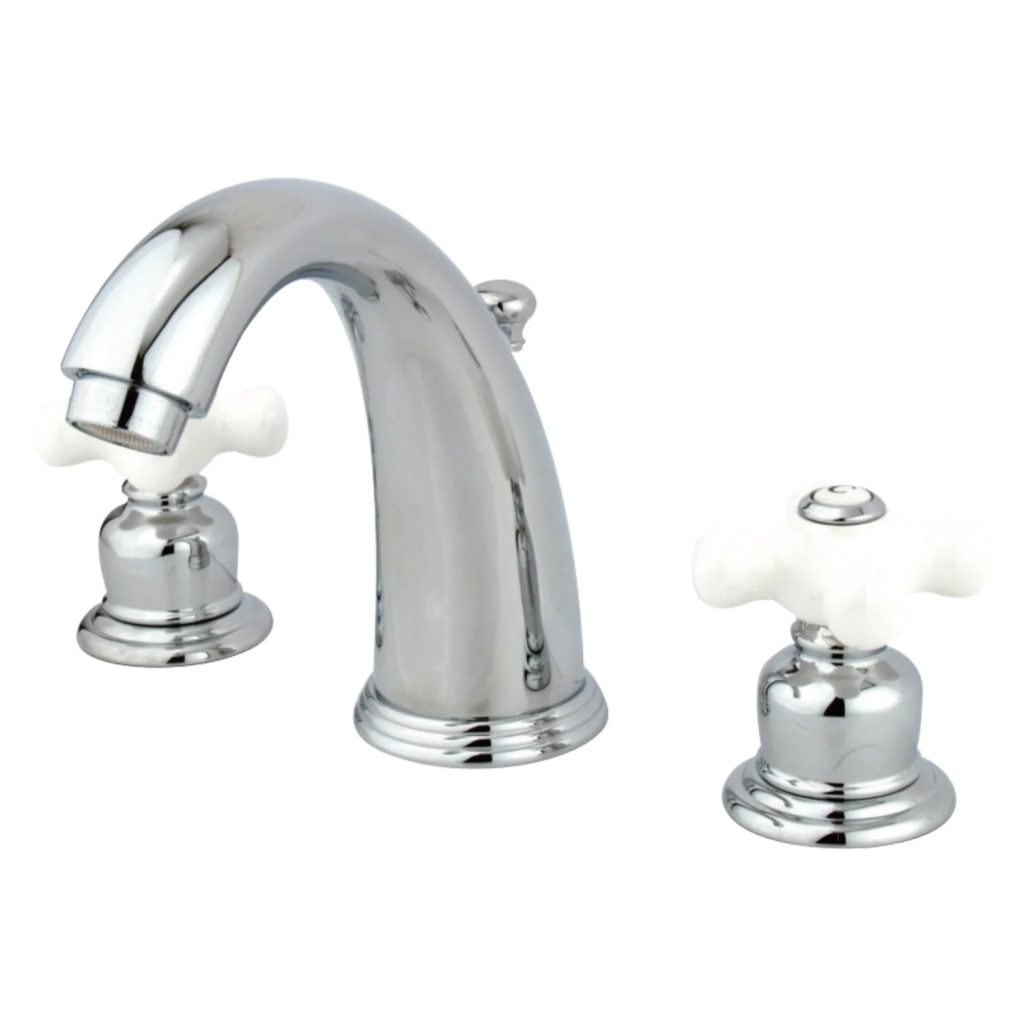Introduction to Frozen Pipes and Their Risks
How to drip faucets winter? Winter can wreak havoc on plumbing. One major concern is frozen pipes. When water freezes, it expands. This puts pressure on pipes. Over time, it may lead to cracks or even bursts. The risks are real: water damage, costly repairs, and severe inconvenience.

Frozen pipes are not just an outdoor issue. They can occur anywhere. This includes indoor spaces like basements, attics, and even behind cabinets. It’s critical to protect pipes from freezing temperatures. That’s where dripping faucets come in.
Dripping faucets help maintain a trickle of water. This prevents complete freezing. It keeps water moving, reducing the chances of freezing inside the pipes. When you know how to drip faucets in winter, you prevent potential pipe disasters.
Remember, it’s not just about the pipes. Water damage from burst pipes can harm your home. It can destroy walls, flooring, and personal belongings. It’s a risk to your home’s structure and your wallet. Learning to drip faucets is a small step for a big payoff in safety and savings.
Understanding Why Faucets Drip in Winter
When the cold strikes, water can freeze inside pipes, causing them to burst. To prevent this, faucets are left to drip. This keeps a small, steady flow of water running through pipes. Running water has a lower chance of freezing. Think of a river in winter—it rarely freezes solid because it’s moving. Similarly, a dripping faucet avoids ice blockages.
We drip faucets in winter for these reasons:
- Preventing Ice Formation: A slight drip keeps water moving, thwarting ice.
- Maintaining Water Pressure: Dripping faucets relieve pressure that can crack the pipes.
- Protecting the Entire Water System: It’s about more than one pipe. If one bursts, it risks the whole plumbing network.
By understanding the why, how to drip faucets winter becomes clear. It’s a simple, effective technique. It ensures peace of mind during the freezing months. Stay with us as we delve into how to properly drip your faucets for maximum protection.

Step-by-Step Guide to Dripping Your Faucets
ing How to drip faucets in winter is simple. Follow this step-by-step guide to protect your home’s plumbing. First, identify the faucets most at risk. These are usually in unheated spaces like basements and garages. Next, turn on these faucets enough to create a small, steady drip. You can adjust the cold and hot knobs to a slow trickle. This keeps both lines open and flowing.
Now, listen for the drip. It should be consistent. A good rule is one drip per second. Check faucets periodically to ensure they’re still dripping. This also helps catch any issues early.
Let’s recap the key actions:
- Find faucets at risk in cold areas.
- Open them to a slow, steady drip.
- Aim for one drip per second.
- Check them often to maintain the drip rate.
Remember, only a small drip is needed. Going overboard won’t add protection and will increase water bills. With these steps, you’ll keep your pipes safer during the cold winter months.
How to Determine Which Faucets to Drip
Knowing which faucets to drip is key in winter. Look for faucets in areas that get very cold. These include unheated spaces such as garages, basements, and exterior walls. Pipes in these areas freeze first and need attention. Start with faucets far from your main heat source. Check for pipes in crawl spaces and near windows as well. In short, prioritize:
- Faucets in unheated rooms or spaces outside.
- Faucets on exterior walls with little insulation.
- Pipes in crawl spaces or near windows and doors.
By dripping the right faucets, you protect your home from damage. A small action like this can save you from costly repairs. Use these tips on how to drip faucets in winter to keep your plumbing safe.
The Science Behind Faucet Dripping and Pipe Freezing
Let’s delve into the science that explains why dripping your faucets can help prevent pipes from freezing. Water expands when it turns into ice. This expansion can exert enormous pressure on the pipes. Over time, this pressure can cause pipes to crack or burst. Preventing the water from becoming solid ice is the key.
Here’s what happens:
- Water Expansion: When water freezes, it expands by about 9%. This can crack pipes.
- Continuous Flow: A steady drip keeps water moving, making it hard to freeze.
- Heat Transfer: Moving water carries warmth, which can stop pipes from reaching freezing temperatures.
So, how does dripping faucets help? It maintains a constant flow. This means water moves continuously through the pipes. It has less time to freeze before it exits the faucet. Even a slight movement of water can carry enough energy to prevent ice formation.
This is why we recommend a drip. Not too much, just enough to keep water flowing. It should be a slow but steady drip. Aim for about one drip per second. This pace is enough to prevent freezing and keeps your water bills low.
Drip faucet methods are simple but based on sound science. By understanding and using them, you protect your pipes every winter.
Additional Measures to Protect Your Pipes in Winter
Beyond knowing how to drip faucets in winter, other measures can enhance pipe safety. Insulation is key. Wrap exposed pipes with foam sleeves or heating tape. This helps keep the temperature above freezing. Focus on pipes in unheated areas, as they are at higher risk.
Seal leaks that let in cold air. Check around windows, doors, and exterior walls for drafts. Use caulk or insulation to block these leaks, as cold air can lead to frozen pipes.
Maintain a steady home temperature. Keep your thermostat set at the same temperature day and night. Small drops in temperature can increase the risk of pipes freezing.
Let warm air circulate. Open cabinet doors under sinks, especially if pipes are on exterior walls. This lets heat move around pipes and prevent freezing.
If you travel, never set the heat lower than 55 degrees Fahrenheit. A home that’s too cool increases the chance of pipes freezing.
Lastly, install pipe insulation and heat cables for extra protection. These measures keep pipes warm even when it’s coldest outside. Be sure to follow the product guidelines for installation and safety.
By taking these additional steps, you’ll offer your home better protection against the harsh winter temperatures.

Common Mistakes to Avoid When Dripping Faucets
As you learn how to drip faucets in winter, be vigilant of common missteps. Here’s what to steer clear of:
- Dripping Too Many Faucets: Not every faucet needs to drip. Focus on those in cold areas and unheated spaces.
- Ignoring Faucet Speed: A trickle, not a stream, is what’s required. One drip per second is ideal to prevent freezing.
- Forgetting to Check: Once isn’t enough. Check faucets often to ensure they maintain the right drip speed.
- Overlooking Pipe Insulation: Dripping faucets is helpful but don’t forget to insulate pipes. Both methods work together.
By avoiding these mistakes, you’ll better manage how to drip faucets winter and safeguard your plumbing.
Advanced Tips for Home Plumbing Maintenance
Maintaining your home’s plumbing goes beyond just knowing how to drip faucets in winter. To keep everything in top shape, consider these advanced tips:
- Monitor Water Pressure: Too much pressure can harm pipes and fixtures. Use a gauge to check it and adjust as needed.
- Flush Your Water Heater: Sediment can build up, reducing efficiency. Drain and flush it annually.
- Prevent Clogs: Use strainers in drains to catch debris. Avoid flushing anything other than waste and toilet paper.
- Regularly Check for Leaks: Small drips can lead to big problems. Inspect under sinks and around appliances for signs of leaks.
- Know Your Main Water Valve Location: In an emergency, turning off water quickly is critical to minimize damage.
These practices, added to your knowledge on how to drip faucets in winter, will ensure your home’s plumbing system is better prepared for all seasons.

